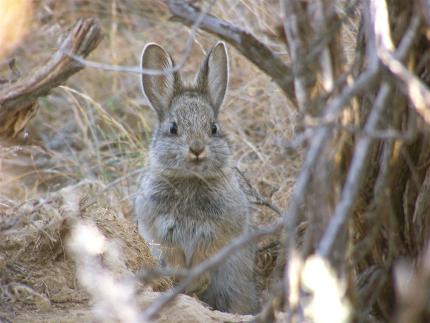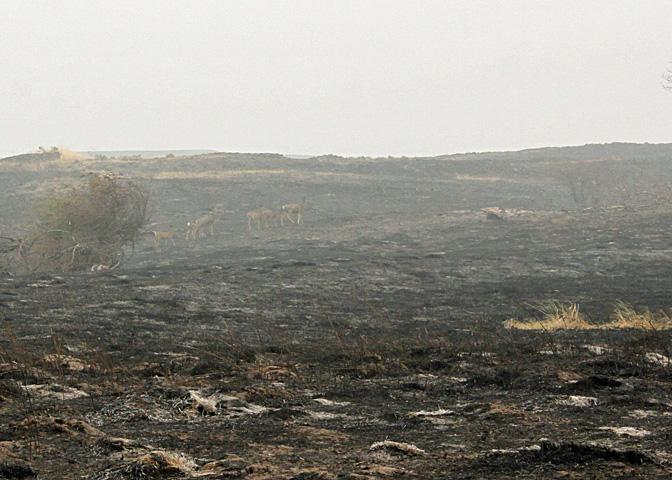Photos
Click to display full size or right-click to save to your device.
ARCHIVED NEWS RELEASE
This document is provided for archival purposes only. Archived documents
do not reflect current WDFW regulations or policy and may contain factual
inaccuracies.
News release Sept. 29, 2021
Hannah Anderson, 360-515-6885
Rachel Blomker, 360-701-3101
OLYMPIA – During the 2021 legislative session, the Washington State Legislature appropriated $2.35 million from the general state fund to the Washington Department of Fish and Wildlife (WDFW) to restore and protect shrubsteppe habitat in Eastern Washington amid the threat of wildfires. These operating funds are to be appropriated each biennium (two-year period). An additional $1.5 million of capital funds to rebuild wildlife-friendly fences in prioritized areas will be available through June 2023.
The shrubsteppe is an arid ecosystem found in Eastern Washington and other western states. Once covering over 10 million acres in Eastern Washington, 80% of historic shrubsteppe has been lost or degraded. In 2020 alone, 600,000 acres of this imperiled landscape burned in devastating wildfires.
“This is a historic opportunity. We’ve never had this kind of dedicated funding and support focused on shrubsteppe before,” said Kelly Susewind, WDFW Director. “Collaboration will be key in this effort, and we are looking forward to working with partners and stakeholders to create a more resilient shrubsteppe landscape.”
The new funding will support near-term actions to benefit wildlife habitat and landowners in shrubsteppe communities affected by wildfires, including supporting recovery actions for endangered pygmy rabbits and Greater sage-grouse populations. Restoration efforts will be coordinated with other natural resource agencies and interested stakeholders.

A portion of the funding will be used by WDFW to form a collaborative group process representing diverse stakeholders and facilitated by a neutral third-party to develop a long-term strategy for shrubsteppe conservation and fire preparedness, response, and restoration to meet the needs of the state’s shrubsteppe wildlife and human communities.
WDFW partnered with the Washington Department of Natural Resources (DNR) and Washington State Conservation Commission (SCC) to form a steering committee that will meet regularly and make decisions on how to best use state funds after considering input from two advisory groups and associated technical teams.
“Washingtonians identify with the natural beauty and biodiversity of our state; recreating and connecting with nature from our coastline and mountains to sagebrush desert and grasslands," said Duane Emmons, State Lands Division Manager for DNR. "By conserving our native species and ecosystems, we can ensure that future generations inherit the Washington that we know today.”
“The Conservation Commission has been working with conservation districts and other partners on 2020 wildfire recovery efforts,” said Carol Smith, executive director of the SCC. “When WDFW approached us with this opportunity, it was a natural fit to join the team. We are excited to contribute to this very important work.”
Restoration actions may include increasing the availability of native plant materials, increasing the number of trained personnel for restoration implementation at scale, support for wildlife-friendly fencing replacement, support for private landowners/ranchers to defer wildland grazing and allow natural habitat regeneration, and species-specific recovery actions.
For more information about the steering committee and advisory groups, including meeting calendars, agendas, and materials, visit WDFW’s website at https://wdfw.wa.gov/about/advisory/ssc.
To learn more about shrubsteppe habitats in Washington, visit WDFW’s website or watch the short film, “This Land is Part of Us” produced in partnership with Conservation Northwest.
The Washington Department of Fish and Wildlife works to preserve, protect, and perpetuate fish, wildlife and ecosystems while providing sustainable fish, wildlife, and recreational and commercial opportunities.
